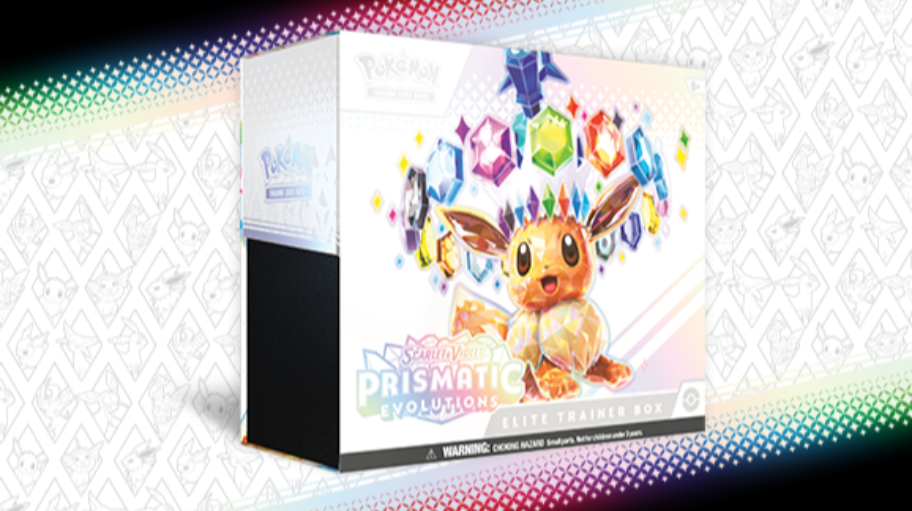
Pokémon Card Frenzy Faces Potential Collapse in Pricey Playing Field
If you’ve ventured out to your local big-box store for a leisurely errand run and been met by a snaking line of exuberant, determined patrons, chances are you’ve stumbled upon the latest craze enveloping the shopping world: Pokémon Trading Card Game (TCG) retail restock day. Picture it—a scene bursting with excitement, nostalgia, and no small measure of tension. What’s driving this phenomenon is a card collecting craze reminiscent of the madness once reserved for designer sneakers or the Beanie Baby bonanza of yore. But like all frenzies driven by hype, there’s an unnerving question dangling in the air: how long can this Pokémon TCG commotion truly last?
Welcome to the wild and whimsical theater of restock mania and scalper drama, playing out every Friday like clockwork. These days are now unofficial national holidays for die-hards, with eager enthusiasts gearing up for a modern-day joust at stores nationwide. The prize? The latest drop of Pokémon cards that hits shelves, destined to vanish almost instantaneously. But not everyone in line is a card-carrying Pokéfanatic. Enter the scalpers—a curious mix of opportunists motivated less by a love of little monsters and more by the siren call of profit. Armed with credit cards and a finger-crossed expectation that values will soar, these speculators swallow up boxes, tins, and packs, later offloading them online at prices that bear a striking resemblance to notorious scalping tactics.
However, for countless casual collectors, especially the young at heart and wallet, the thrill of owning Pokémon cards turns into an uphill climb. Too often, these enthusiasts find themselves gazing at the empty local store shelves—or worse, relegated to online auctions where asking prices mirror those on collector branding products. Therein lies the unfortunate nature of this phenomenon: widespread frenzy has priced out the very fans whose earnest delight in the game triggered the phenomenon in the first place.
This surge in demand was met predictably by action from The Pokémon Company, which responded as any judicious entity would—with more product. By increasing print runs to unprecedented sizes, sets such as “Evolving Skies,” “Crown Zenith,” and even special editions like the “Van Gogh Pikachu” rolled out in healthy numbers to saturate the market.
Yet, increased production means more than merely satiating hunger—it’s also meant that scarcity, often driving card value, turns into just another player in the Pokédrama. The “Van Gogh Pikachu” card is a case study in how perception quickly changes. With a mind-boggling 40,000 PSA 10 copies flooding collectors’ hands, it’s clear the card’s scarcity was nothing more than a Pikachu pipe dream.
Here, the narrative echoes the resonance of the 1990s sports card bubble, when manufacturers flooded the market with pieces once deemed “rare” only to reveal the items were printed in quantities sufficient to build towering cardboard structures. What resulted then was a market collapse, falling victim to its own success as cards, at one point considered treasures, became as common as a game of solitaire at the local cafe.
Is the Pokémon world poised to repeat history? Not to pop anyone’s nostalgic bubble, but the current Pokémon card landscape bears uncomfortable similarities to those bygone trading card mistakes. When markets rely on speculative buying and prices driven more by hype than genuine rarity, the risk of a downturn is ever-present.
Forecasting when the bubble will burst is akin to predicting exactly how a die will roll—possible but indisputably complex. However, certain telltale omens suggest that saturation peak might be near. For one thing, scalper enthusiasm, so reliant on credit-fueled buying, may see a hasty retreat should they find liquidation necessary amid stabilizing card values and sobering debts. Collectors, too, are catching on to the realities of overprinting and PSA inflation, factors sparking disenchantment and potential market withdrawal.
Veteran aficionados offer sage advice: practice prudence and exercise patience. With history often marching to the beat of similar patterns, the vibrant expansion of Pokémon TCG might unearth the flip side of its current spiral into excess. Should that unfold, it would underscore the ageless adage that true rarity is the thief of manufactured hype. In calendars to come, we may reminisce this Pokéchapter as the cautionary tale that reminded us that not every glittering Pikachu finds enduring value bounding tantalizingly from card packs.